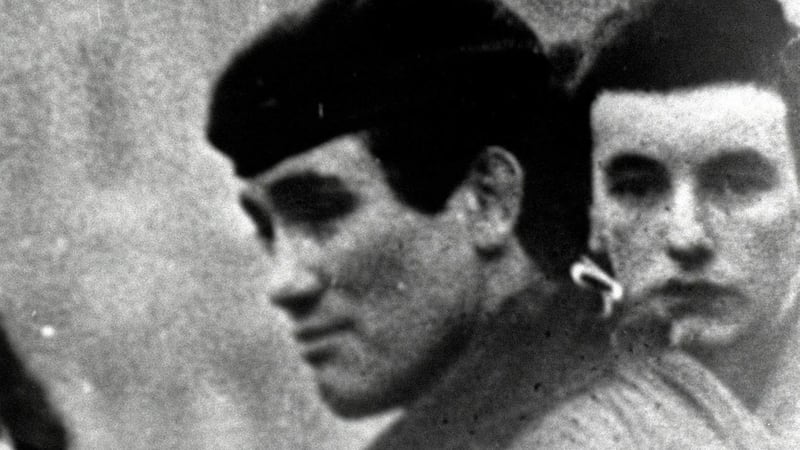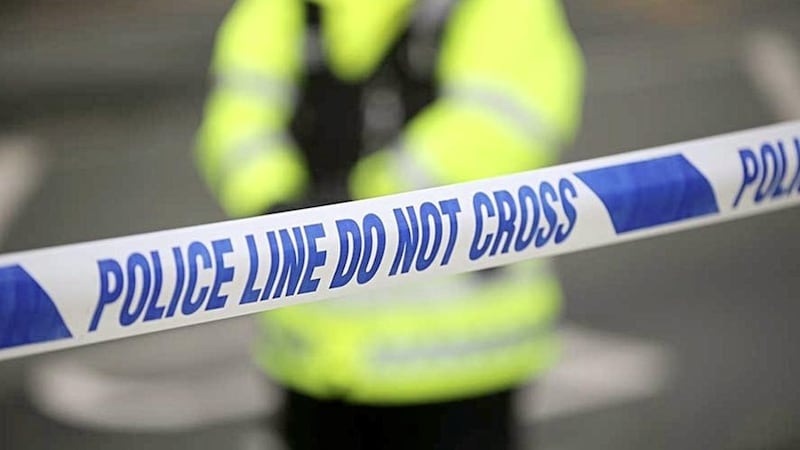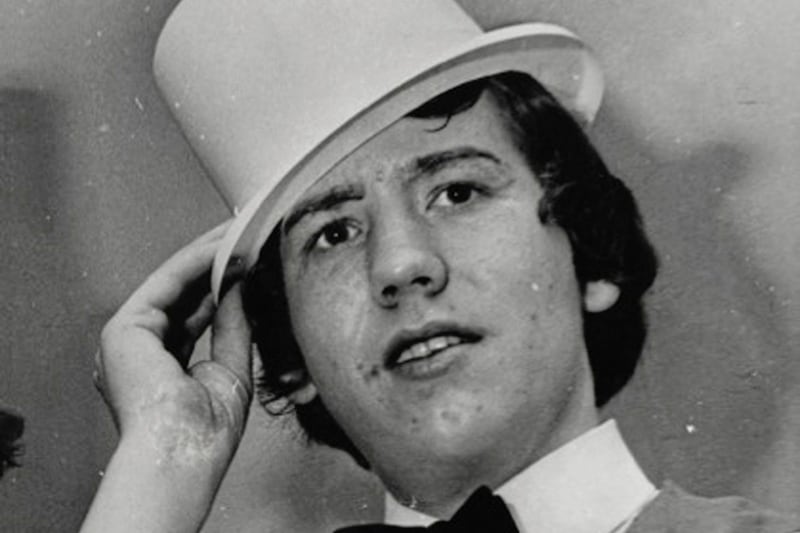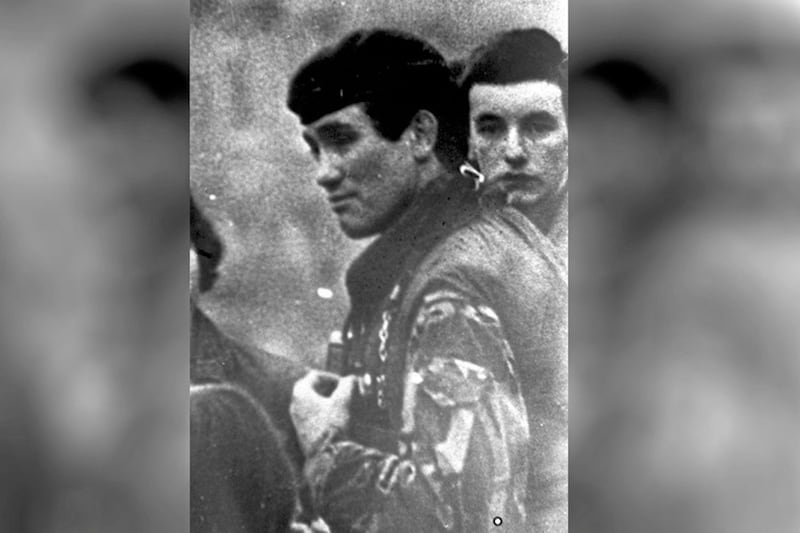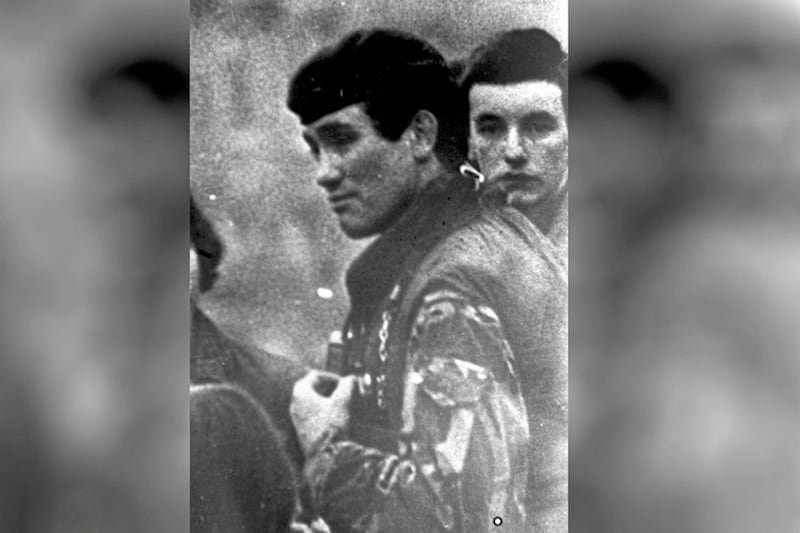THE commission responsible for locating the 'Disappeared' is to conduct an examination of an area in Co Louth where it is claimed the remains of British army captain Robert Nairac may be buried.
It follows an operation earlier this week in Ravensdale Forest, close to the border, involving specialist dogs trained to locate human remains.
The dogs and their handler were hired by Alan Barry, a former British army soldier and documentary maker, who has been trying to locate Capt Nairac’s remains.
The British army intelligence officer was abducted from the Three Steps Inn in Dromintee, Co Armagh and shot dead by the Provisional IRA in 1977.
He was one of 16 so-called Disappeared spirited away and secretly buried by republicans during the Troubles.
Mr Barry contacted gardaí on Tuesday following the search and four local officers attended the scene.
He also informed the Independent Commission for the Location of Victims’ Remains (ICLVR).
A spokesman for the commission confirmed that it plans to send a forensic archaeologist to the site to conduct a preliminary investigation but that mustering the necessary expertise may take a number of weeks.
Earlier this year, Mr Barry's quest to find Capt Nairac’s remains saw him hire a psychic, who brought him to the spot where the cadaver dogs later indicated human remains were buried.
Mr Barry had told the commission of the psychic’s assertion a number of weeks ago but it declined to investigate in line with its policy of not pursuing tip-offs from psychics and mediums.
According to Mr Barry, several other factors suggest the intelligence officer was buried in the area by the IRA.
He said ordinance survey records show the area was not covered in mature forest in the late 1970s, making it more attractive as a burial site.
